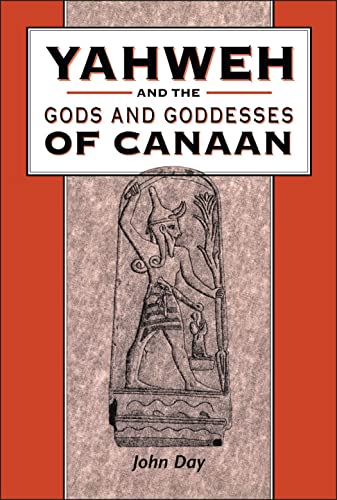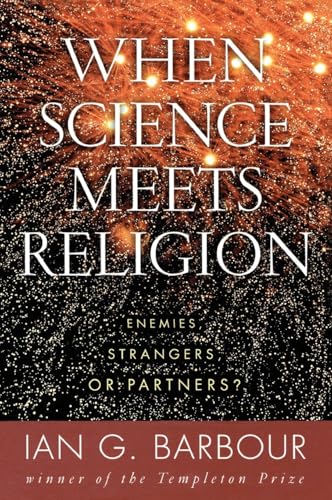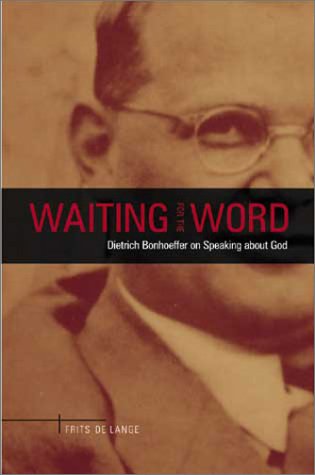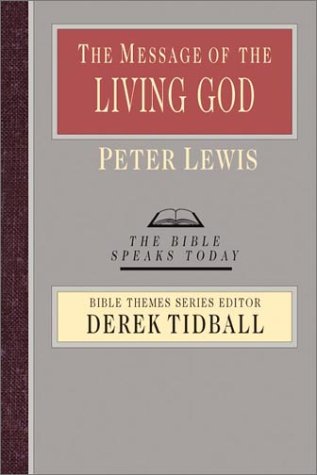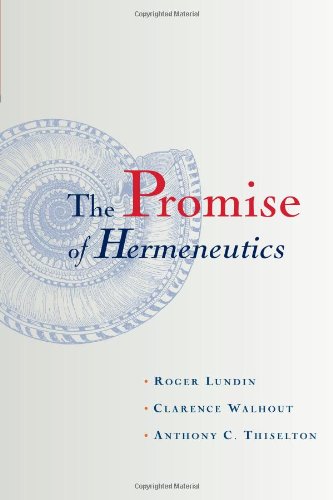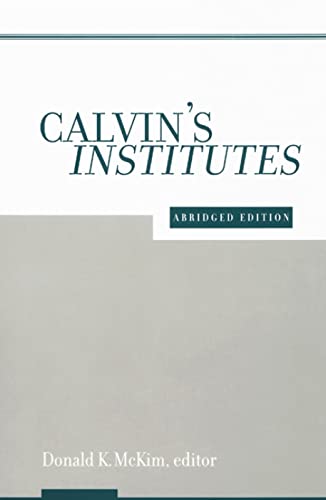Yahweh and the Gods and Goddesses of Canaan
Written by John Day Reviewed By Mark J. BodaJohn Day’s recent study is a helpful guide to the religious milieu lying behind the texts of the OT, and offers balanced conclusions to controversial issues. It is the fruit of a long-standing ‘ambition of completing a more thoroughgoing and comprehensive investigation of the relationship between Yahweh and the gods and goddesses of Canaan’. Day makes this topic accessible while retaining scholarly integrity through extensive reference to both ancient text and recent scholarship.
The book is structured according to the major deities worshipped in Canaan, relating them in turn to Yahweh: El, Asherah, Baal, Astarte and Anat, Astral Deities (Sun, Moon, Lucifer), and Underworld Deities (Mot, Resheph, Molech, the Rephaim). While each chapter is interesting and useful, the two on Baal are particularly fascinating. In the first, Day highlights contexts in which Yahweh is in conflict with Baal. He argues that Jezebel’s Baal was Baal-Shamem (Lord of Heaven), illuminating Elijah’s conflict on Mt Carmel; that Baal-zebub is a corruption of Baal-zebul (Baal the prince); and that the famous ‘abomination of desolation’ (Dan. 9–12) is a word play on Baal-Shamem (equivalent to Zeus Olympios). This last reveals the enduring legacy of Canaanite descriptions of deity into the Greek and Roman periods. In the second, he focuses on Yahwistic appropriation of Baal imagery, e.g. the storm theophany with chariot-clouds (Ps. 68:4; 104:3) and thunder (Ps. 29), the conflict with chaos monsters and the sea (Ps. 74:12–17; 89:9–14; Is. 27:1; Job 3:8; 7:12 etc.), and the divine dwelling place at Zaphon (Ps. 48:2; Is 14:12–15; 37:24).
In conclusion, Day discusses the rise of monotheism in Israel. Here he places himself between the two extremes of Tigay (worship of other gods was rare in ancient Israel) and Hayman (absolute monotheism was only achieved in the Middle Ages), arguing instead that there was a monolatrous party already in the pre-exilic period and that absolute monotheism was first expressed by Deutero-Isaiah in the exile and became ‘fully operative’ in the post-exilic period. This does not mean, however, that the influence of Canaanite deities was extinguished, since it continued through an effect which he calls ‘afterglow’, discernible especially in the imagery of apocalyptic material.
Day’s adoption of a ‘History of Religion’ approach will be a difficulty for some interpreters of the Old Testament. He gives the impression that Yahweh and monotheism are merely the result of an evolution of religious thought within the culture of Israel. It is unquestionable that the worship of other gods endured alongside Yahwistic religion, attaining dominance in many eras. However, the denial of an ancient monotheistic stream does not do justice to the early traditions of Israel.
Day’s assertion of an ‘afterglow’ in post-exilic contexts where absolute monotheism is clearly dominant provides one way to understand the appropriation of Canaanite religious elements into Yahwistic expressions. In earlier passages this appropriation may be seen as particularistic apologetic rhetoric (Yahweh is greater than that god) or general religious imagery (Yahweh is deity), rather than as appropriation of Canaanite religion into Yahwism.
Any points of contention, however, should not detract from the value of this book as an extensive and accessible review of primary and secondary sources related to religion in ancient Canaan. It is a helpful guide to understanding the religious context of many theological statements in the OT and for grasping the dynamics of idolatry which plagued Israel throughout its history.
Mark J. Boda
McMaster Divinity College, McMaster University


